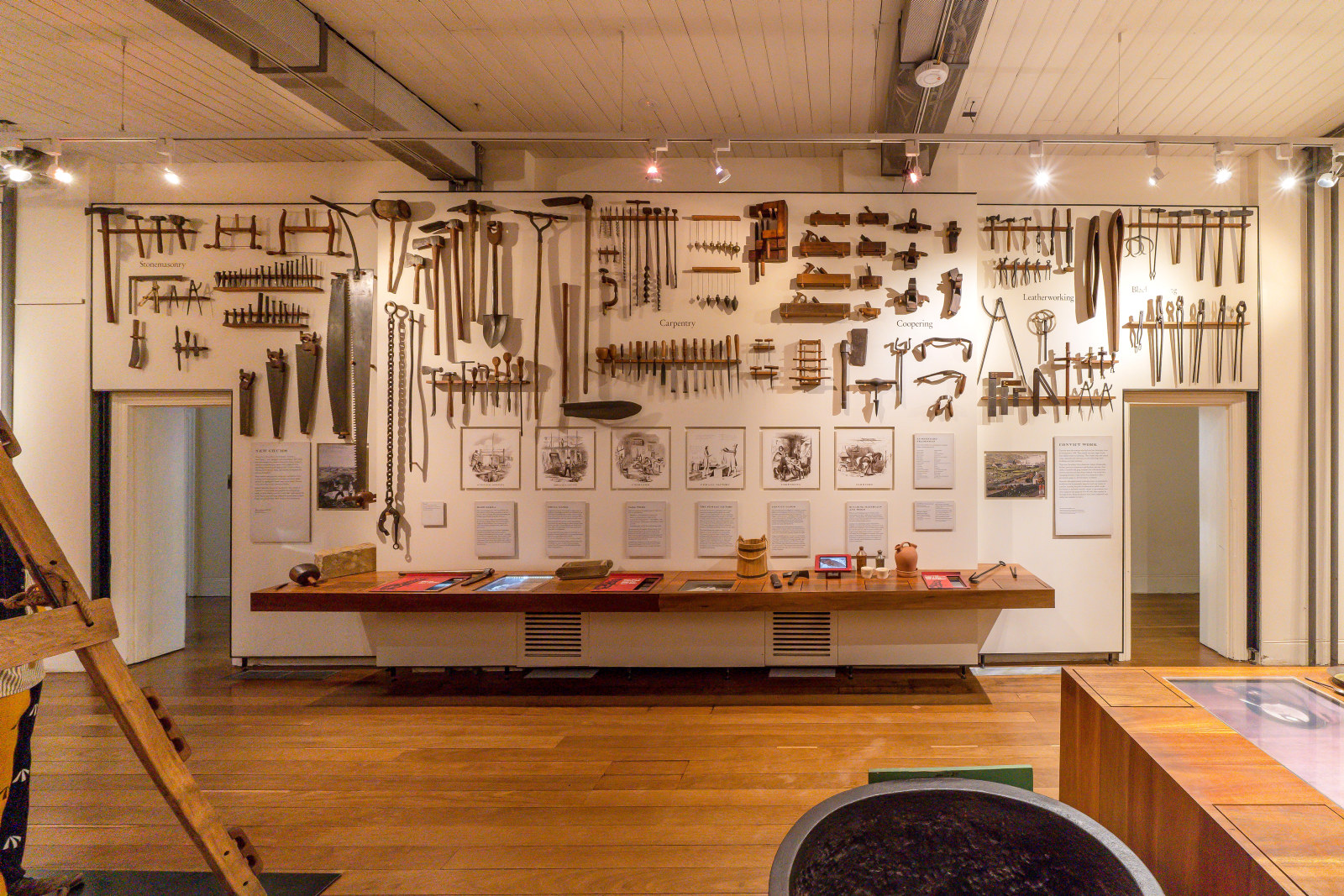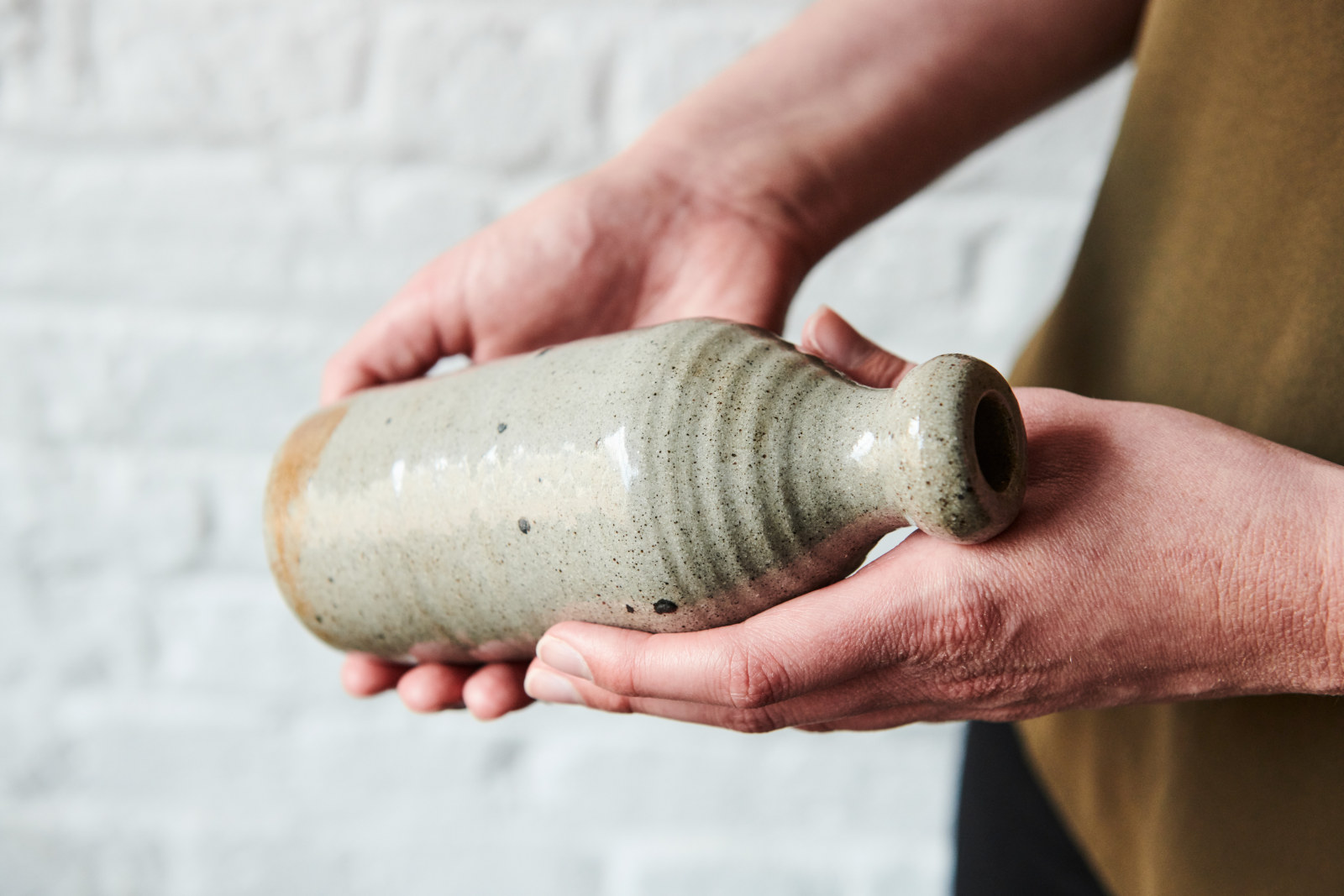Ball and chain
1820s–1840s
Known as darbies or slangs in the convict ‘flash’ language, leg irons came in various shapes and sizes. This ball and chain leg iron weighs 36 pounds (16.3 kilograms) and was designed to make movement extremely difficult and escape virtually impossible. Such punishment was reserved for the most troublesome convicts, being held in jail or a holding cell awaiting trial for serious crimes. Despite being far less common than the standard leg irons (which weighed 3 or 4 kilograms), the ball and chain has become an evocative symbol of the convict system in Australia.
The leg irons the convicts wore on the transportation ships were removed on arrival in Sydney, but there were plenty of convicts who soon found themselves back in irons. By order of a magistrate, leg irons were fitted onto the ankles of convicts who committed secondary crimes, such as running away, trying to escape the colony, highway robbery or selling government property. They were then put to hard labour in iron gangs for several months or longer - one of the worst punishments that could be given to convicts. These men had to wear special trousers that buttoned up the sides, so they could be taken on and off around the leg irons. Leg-irons were made by convict blacksmiths at Sydney’s lumberyard after those sent from England proved to be inferior and easily slipped off. Irons were affixed to and struck off convicts’ ankles by the blacksmiths.
Published on
Related

Convict Sydney
Objects
These convict-era objects and archaeological artefacts found at Hyde Park Barracks and The Mint (Rum Hospital) are among the rarest and most personal artefacts to have survived from Australia’s early convict period

Learning resources
Explore our range of online resources designed by teachers to support student learning in the classroom or at home
